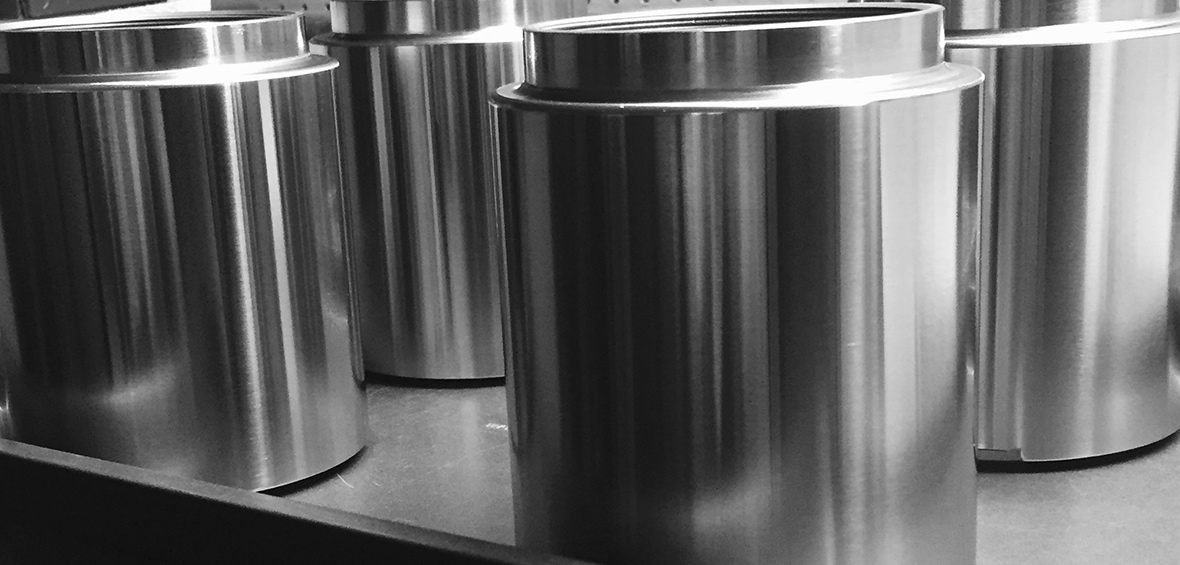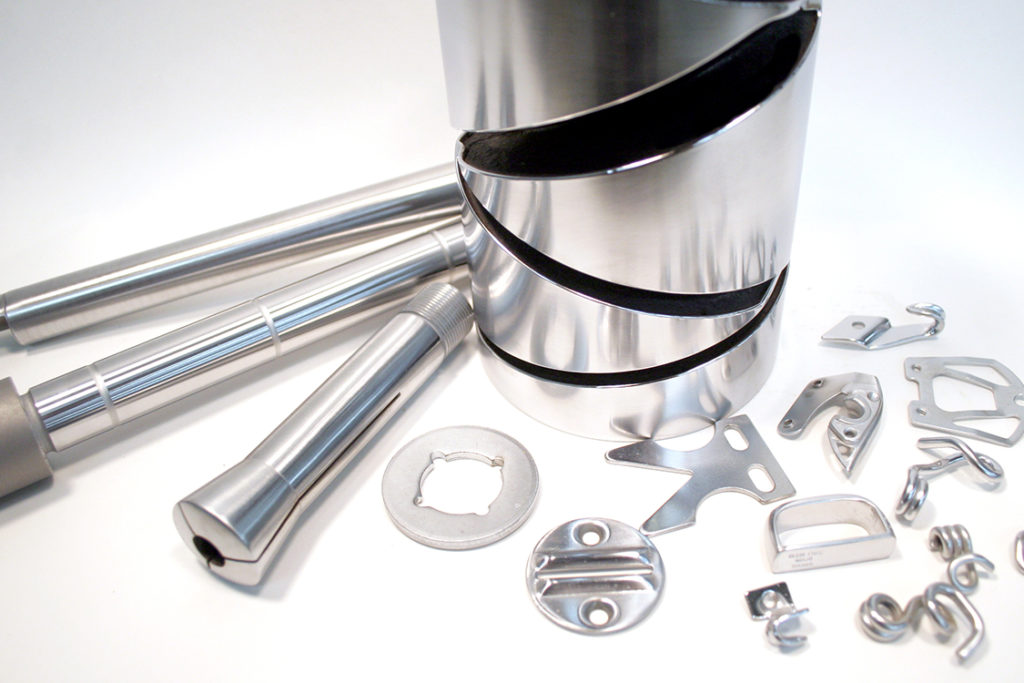
Variable capacitors are considered of the highest quality when they have silver-plated plates.
Chromium plating skin#
Britannia metal is an alloy of tin, antimony and copper developed as a base metal for plating with silver.Īnother method that can be used to apply a thin layer of silver to objects such as glass, is to place Tollens' reagent in a glass, add glucose/dextrose, and shake the bottle to promote the reaction.ĪgNO 3 + KOH → AgOH + KNO 3 AgOH + 2 NH 3 → + + − (Note: see Tollens' reagent) + + − + aldehyde (usually glucose/dextrose) → Ag + 2 NH 3 + H 2Oįor applications in electronics, silver is sometimes used for plating copper, as its electrical resistance is lower (see Resistivity of various materials) more so at higher frequencies due to the skin effect. The earliest form of silver plating was Sheffield Plate, where thin sheets of silver are fused to a layer or core of base metal, but in the 19th century new methods of production (including electroplating) were introduced. It is not illegal to describe silver-plated items as "silver plate", although this is ungrammatical, and should also be avoided to prevent confusion. In the UK it is illegal to describe silver-plated items as "silver". This can cause confusion when talking about silver items plate or plated. In the UK the assay offices, and silver dealers and collectors, use the term "silver plate" for items made from solid silver, derived long before silver plating was invented from the Spanish word for silver "plata", seizures of silver from Spanish ships carrying silver from America being a large source of silver at the time. Silver plating has been used since the 18th century to provide cheaper versions of household items that would otherwise be made of solid silver, including cutlery, vessels of various kinds, and candlesticks. The substrates that can be used are almost limitless. Sapphires, plastics, and carbon fiber are some other materials that are able to be plated using advance plating techniques. Metals and glass may also be coated with gold for ornamental purposes, using a number of different processes usually referred to as gilding. Therefore, a layer of a suitable barrier metal, usually nickel, has to be deposited on the copper substrate, forming a copper-nickel-gold sandwich. With direct gold-on-copper plating, the copper atoms have the tendency to diffuse through the gold layer, causing tarnishing of its surface and formation of an oxide/sulfide layer. Gold plating is often used in electronics, to provide a corrosion-resistant electrically conductive layer on copper, typically in electrical connectors and printed circuit boards.

Gold plating is a method of depositing a thin layer of gold on the surface of glass or metal, most often copper or silver. Metallizing refers to coating metal on non-metallic objects. Recently, plating often refers to using liquids. Other plating techniques include electroplating, vapor deposition under vacuum and sputter deposition. In one method, a solid surface is covered with a metal sheet, and then heat and pressure are applied to fuse them (a version of this is Sheffield plate). There are several plating methods, and many variations. Thin-film deposition has plated objects as small as an atom, therefore plating finds uses in nanotechnology. Jewelry typically uses plating to give a silver or gold finish. Plating is used to decorate objects, for corrosion inhibition, to improve solderability, to harden, to improve wearability, to reduce friction, to improve paint adhesion, to alter conductivity, to improve IR reflectivity, for radiation shielding, and for other purposes. Plating has been done for hundreds of years it is also critical for modern technology.

Plating is a surface covering in which a metal is deposited on a conductive surface.

For the online meal kit company, see Plated (meal kits).


 0 kommentar(er)
0 kommentar(er)
